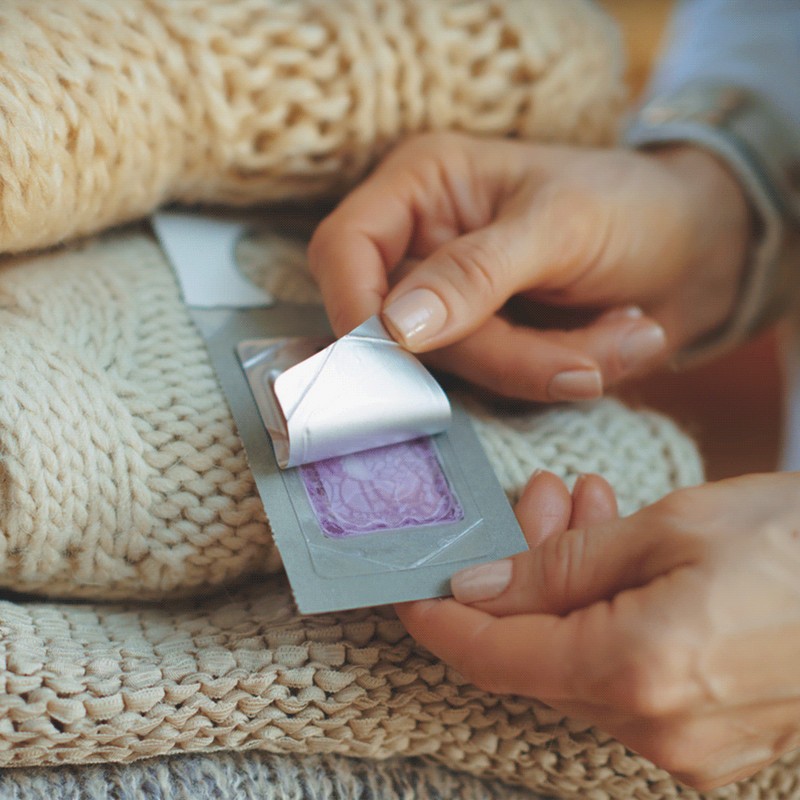
9 Ways To Get Rid Of Moths
Identify Where The Problem Is
They might be a bit unpleasant, but sticky pheromone traps can be really useful and there are plenty on the market. Because they smell of moths, they attract other moths, which stick to the trap and eventually die. However, don’t expect this to get rid of the problem – just one moth can lay up to 150 eggs. Use them as an indication of where your moth problem is, rather than a cure.
Deep Clean Carpets & Furnishings
Keeping your home as clean and free from dust as possible is the first step to stop the problem from getting worse. This is true for wardrobes and drawers – and even more so for carpets and soft furnishings. Moths love dust and warmth, and old carpets are one of their favourite spots to lay their eggs. Start by spraying carpets and furnishings with a specially designed fabric moth killer solution, leave for at least an hour and then vacuum the area. Remember, moths love dark and undisturbed places, so clean behind sofas, under beds and behind the TV. Look out for areas of moisture, which moths are also drawn to. If you find a sort of sand on your carpet, it’s usually an indication of their droppings. Vacuum thoroughly, and be sure to empty vacuum contents and wash dusting cloths regularly so that eggs and larvae don’t grow and develop.
Brush Down Your Outerwear
Now that the weather has started to warm up, and many staple winter pieces have been banished to the back of the wardrobe, it’s time to do some basic maintenance. Start by brushing any clothes made of wool or fur outside. Moth eggs can easily get into your closet by attaching to these kinds of materials, so scraping them off regularly can help keep any moth larvae from getting inside. If clothes get wet when you’re outside, try to air-dry them in sunlight to ensure any eggs or larvae don’t grow into maturity when they’re put back in storage.
Vet Vintage Items
The boom in the second-hand market –furniture or clothes – has been great for the sustainability movement. But it could be why you suddenly notice a moth problem in your home. According to pest control experts Rentokil, all vintage purchases should be dry cleaned or treated before being placed alongside existing fabrics or clothes.
Freeze Your Knitwear
It might sound odd, but domestic goddess Kirsty Allsopp swears by this trick for keeping on top of a moth problem. If you suspect items might have been invaded, place them in the freezer for at least 24 hours to kill off any larvae – just make sure you put clothes in plastic bags prior to freezing to avoid a condensation build-up.
Wash Your Clothes Regularly
If you plan to deep clean your wardrobe to help alleviate the problem, it’s important to thoroughly clean all your clothes before placing them back on the rails. While many experts recommend dry cleaning, a decent clothes steamer can help to kill moth eggs. If you can handle the powerful scent, consider wiping down the insides of cupboards and drawers with lavender oil too. Otherwise, be sure to wash your clothes on a hot enough temperature to make a difference (moths and their eggs are known to survive cool washes) and shake clothes which haven’t been worn in some time thoroughly to dislodge anything that might be nesting in there.
Store Items In Special Covers
Anything that’s delicate and doesn’t get worn very often should be stored properly to keep it free from moth damage. It’s not good enough to reuse plastic covers from the dry cleaners or cotton garment covers either. The former attracts more dust to your closet – which moths love – while the latter offers little protection against critters which regularly chew through cotton, silk and wool. Instead, look for specially designed covers which are described as anti-moth or anti-insect. These are commonly made from an eco-friendly EVA material, which is non-woven, waterproof, washable and breathable. Just make sure clothes are completely clean before zipping up.
Fill Your Home With Cedar
Moths have a very good sense of smell, so moth balls and lavender oil can help throw the females off the scent when they’re looking for somewhere to lay their eggs. Moths hate cedarwood, so consider investing in cedarwood hangers if the problem is really bad. Alternatively, place moth balls in the corner of your wardrobes and drawers, or use rings to hook onto hangers of delicate or precious items. Lavender sachets also work wonders, and remember to keep rooms well ventilated as temperatures start to rise. Finally, a natural oil diffuser in your wardrobe could help ward off moths, while the SL team reports that Acana lavender fresheners are some of the best solutions they’ve tried.
Finally, Call In The Professionals
Most experts agree its constant vigilance that wins the battle against a moth infestation – so keep a constant look out for holes in your garments. However, sometimes these removal and prevention techniques just aren’t enough. If you have a moth infestation that’s out of control, contact a local pest control company to see what solutions they can offer.
Want to get on top of the problem? Shop our tried & tested products below…
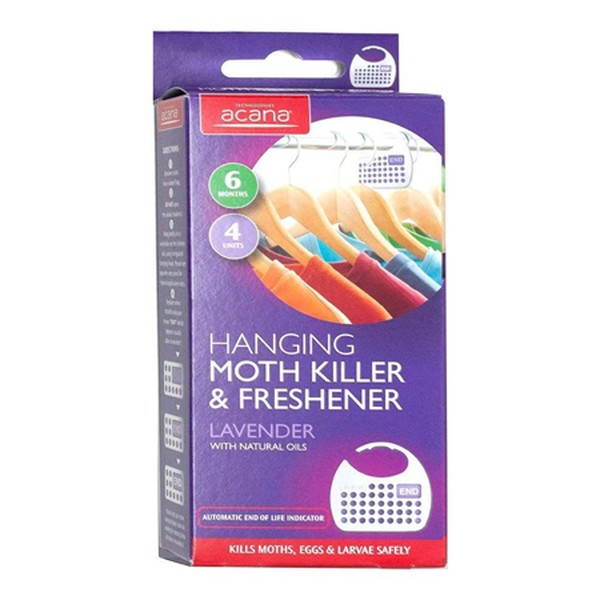
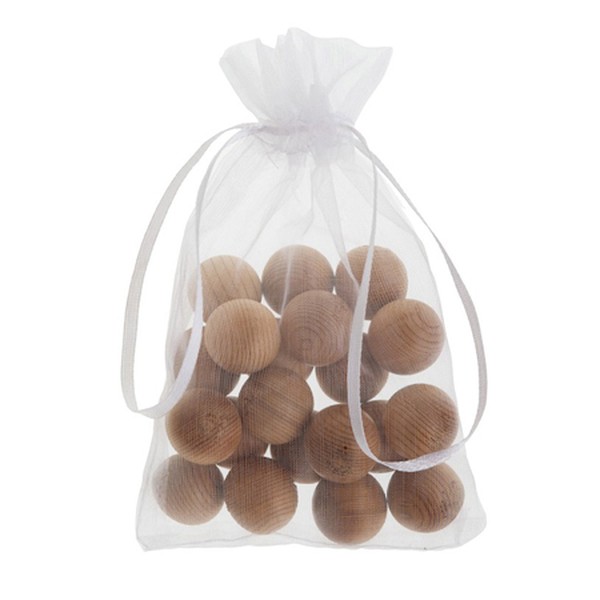
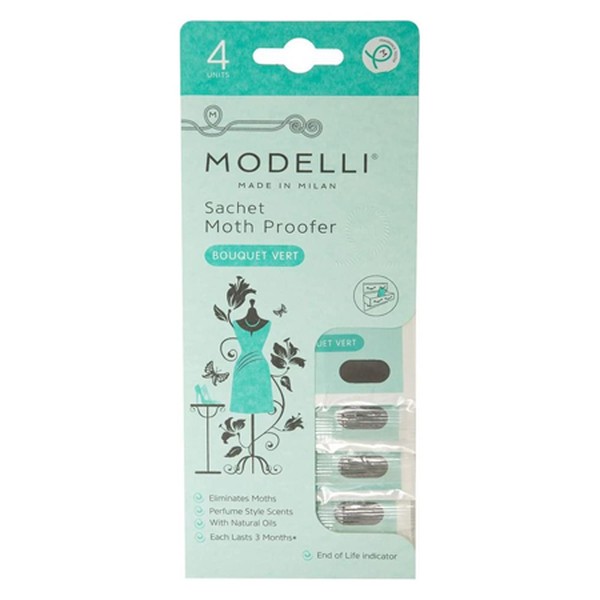


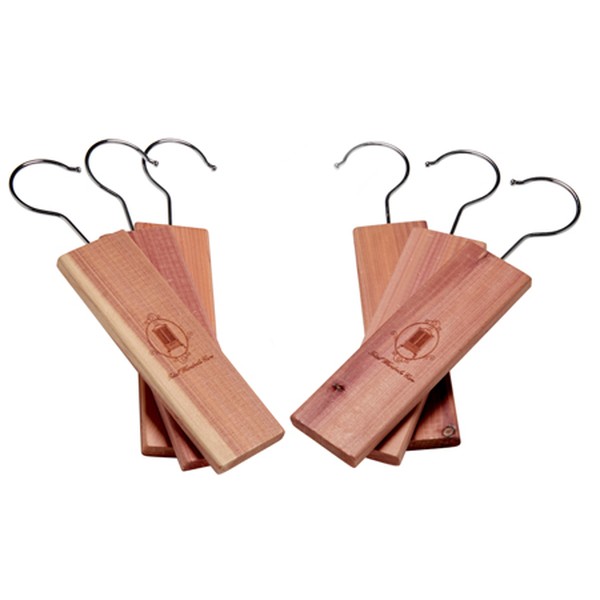
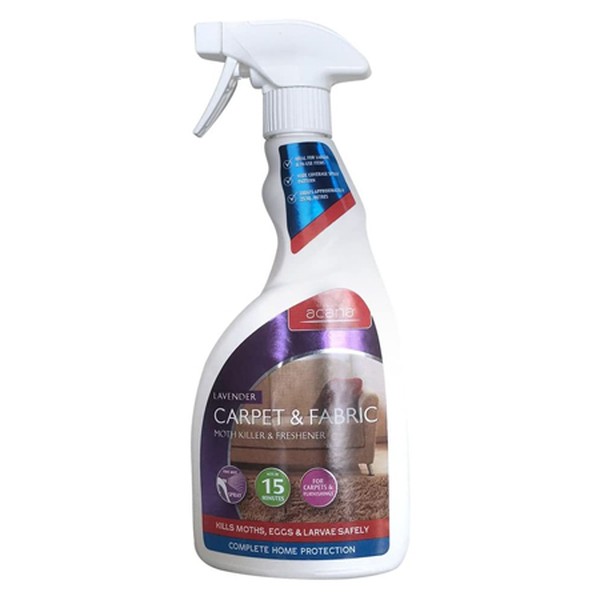
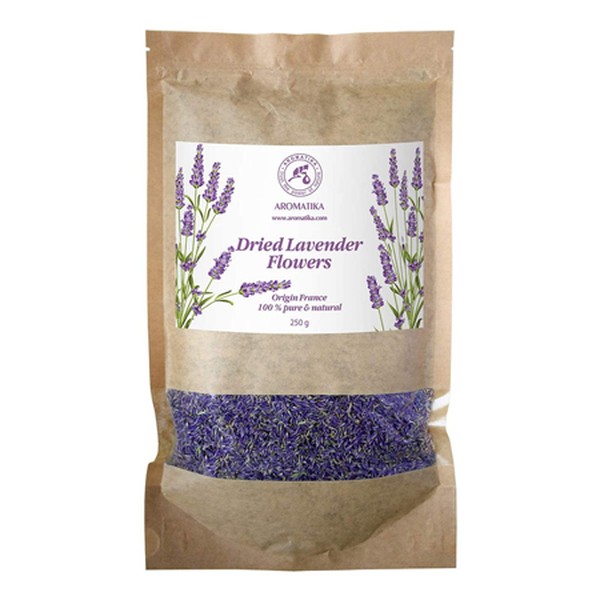
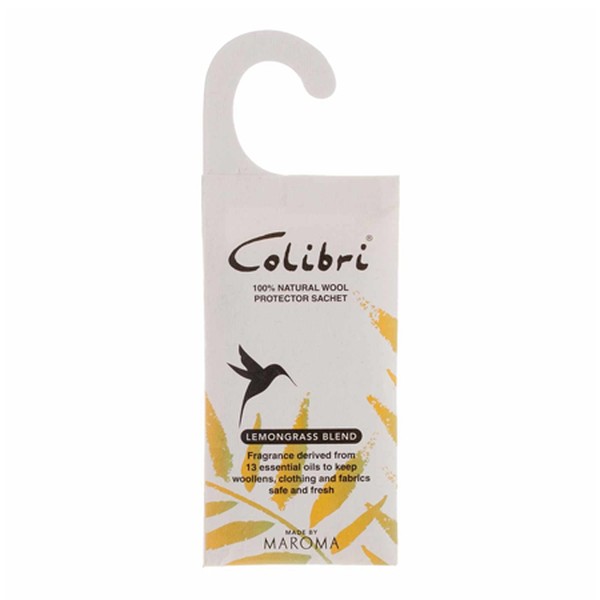
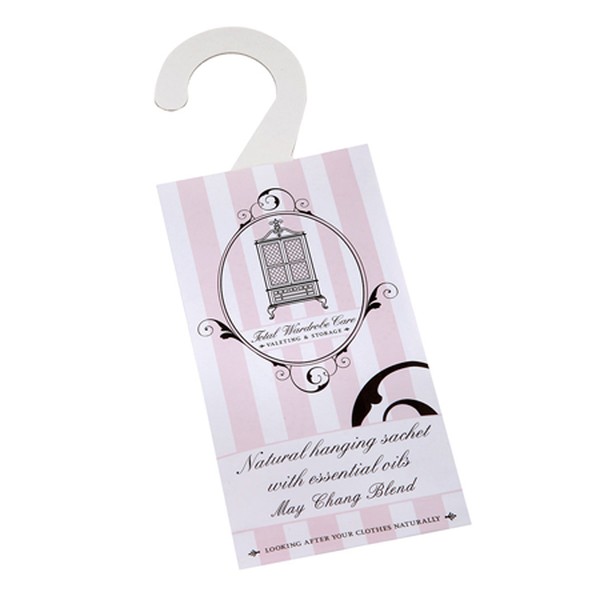
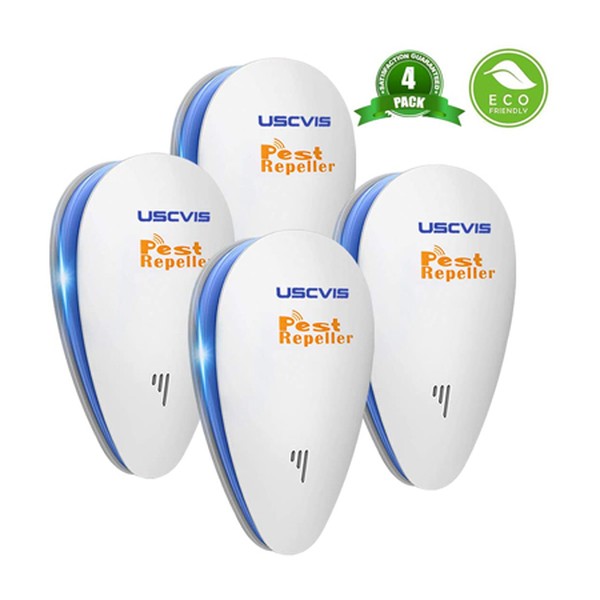
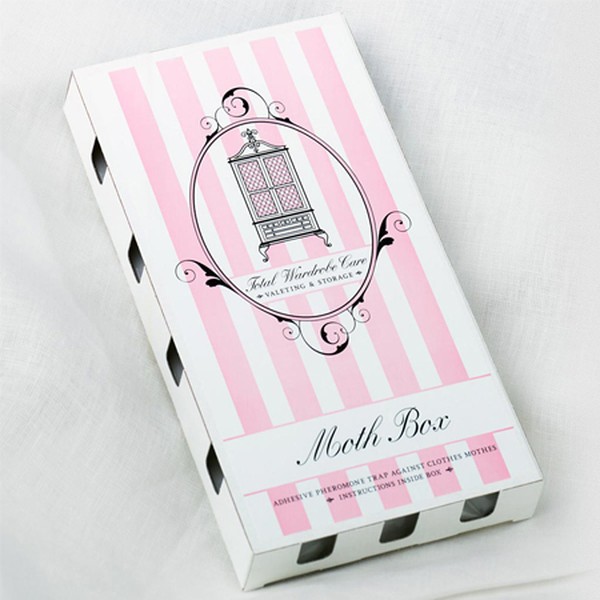
CREDITS: ISTOCK/CENTRALLTALLIANCE
DISCLAIMER: We endeavour to always credit the correct original source of every image we use. If you think a credit may be incorrect, please contact us at info@sheerluxe.com.

